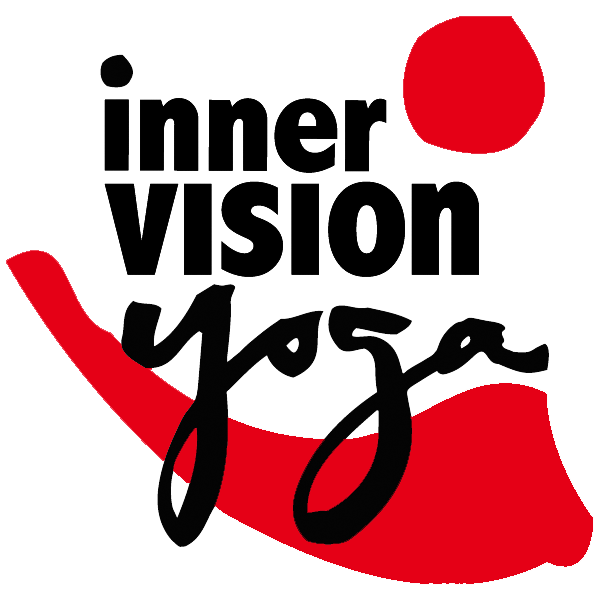Ask The Yogi
Q: I have suddenly started to experience some very annoying and hindering panic attacks.
There should be no apparent reason for this, as I am doing what I love (teach keep fit and dance) and generally feel quite happy with myself but somewhere along my way I have lost all confidence in myself and forever worry about what others think of me and if they love me. Could you give me your advice, opinion or recommend a meditation or type of yoga to heal myself?
A: Yoga or meditation will definitely help! Find an experienced teacher as soon as you can because you don’t need to fall into despair… Here’s why:
Yoga influences the nervous system in a profound way and helps you to access your sympathetic nervous system in a way that disidentifies with the fight or flight response. Panic Attacks can be triggered by stress patterns of identifying with active or dormant negative thoughts, beliefs or memories associated with current stress and tension (conscious or unconscious). Thoughts that induce panic generally include such physical structures in the brain as the hypothalamic-pituitary-adrenal axis. The hypothalamus produces certain peptide chains keyed to habitual thoughts, so the cells in the body can literally become addicted to or crave cetain emotions associated with repetetive thoughts and beliefs. An overactive or easily triggered sympathetic nervous system (due to panic, unfounded terrors and associated bodily responses) is also often augmented by a missing or faulty relaxation response.
Your sympathetic nervous system, however, does not have to be controlled by the panic or “fight/flight” response. The practice of Yoga as postures (asana) or meditation also helps you to cultivate awareness of the stress and relaxation response as they are triggered by your thoughts. Asana and meditation give you instant feedback to stress responses and help you to observe and therefore not identify with these activities. These practices also reinforce the relaxation response and diminish judgement and criticism through awareness. In this way the core or cause of panic is beeing addressed and not just the symptoms. A retrained, properly “programmed” sympathetic nervous system free of associating with negative triggers can actually help you to flow gracefully through certain tasks and experiences with efficiency and power.
In addition to “reprogramming” the nervous system, Yoga also effects the flow of energy in your body through 72,000 nadis or energy channels and to identify areas where you experience blockage, numbness or heaviness/chronic stress. By making the invisible (hidden patterns of fear) visible, you can then work with the flow of energy in your body and heighten your perception of where pain, stress panic or fear are coming from.
Yoga helps you to recognize the thoughts, ideas and physical stimuli that may provoke a panic attack and then gives you the experience and courage to remain present through these cues to begin to develop the awareness neceassary to identify root challenges in your life and experience your wise inner guidance. Finally the practice gives you the courage to put this knowledge into action.
So why are you experiencing panic now? It seems likely that somewhere along the line your dancing may have become associated with old inner messages of stress and fear, probably having to do with old history of criticism, judgment or a false religious, familial or social teaching that you were somehow unworthy. Current circumstances are triggering this old belief so that you are living it in the present moment — and this is a disguised blessing, for it means that this conflict is coming to the surface and may be ready to be transformed.
Loss of confidence, lethargy and fear are stumbling blocks or afflictions on the path of yoga. The practice of yoga helps you to observe and to stop identify with these re-actions (literally repeating physiological responses out of habitual thought). When you flow through your practice overcoming th einitial resistance until you are humming along in your body, the sympathetic nervous system then functions beautifully to keep you flowing and in balance and harmony with the inner and outer environments. The insight of what you aren’t (your fears or irrational stressors) then contributes to recognizing these false cues out in the world, giving you the power to no longer identify with these habitual reactions.
Any preferred type of yoga asana classes (hatha yoga) will help to elicit these responses, but since you may be physically fit as a dancer and accustomed to activity, you may want to consider some flow based practices mixed with Yin or Relaxation classes. A simple meditation is to count your breaths up to seven and then start over from one again in a comfortable seated position as you observe your thoughts. If you lose track of the number of breaths just start over at one without worry. The best part of yoga and meditation? No drugs, no side effects except for a stronger, healthier body and spiritual connection.
Seek out a teacher and som esupportive spiritual texts you connect with. The book “You Can Heal Your Life” by Louise Hay is a good reference. So is “The Artist’s Way” by Julia Cameron.
Jeff Martens is a teacher, writer and co-owner of Inner Vision Yoga. All suggestions are voluntary. Consult a qualified teacher or your physician before you embark on any practice in which you are unfamiliar.
